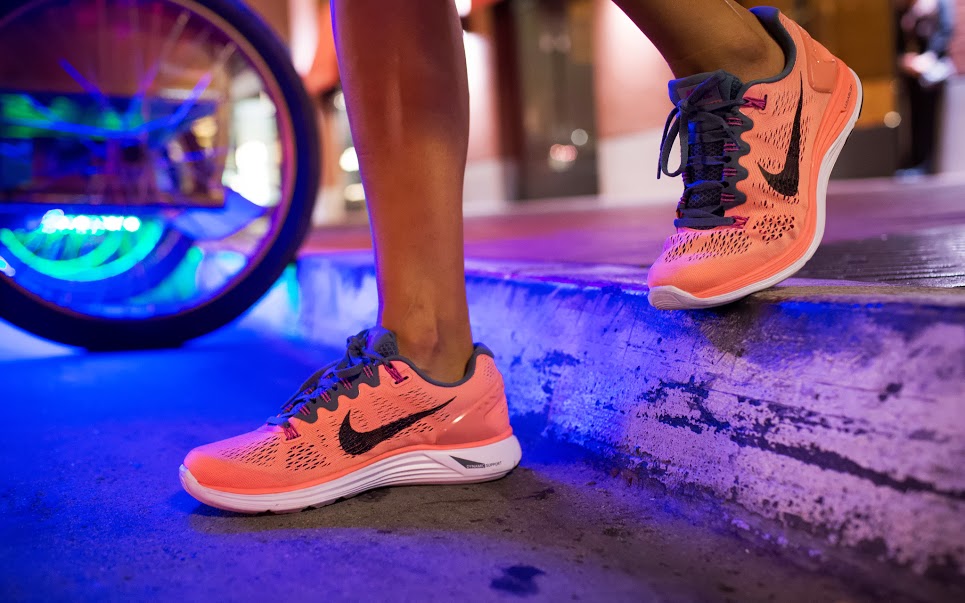Continuously reinventing and taking advantage of opportunities offered by the advancement of technology is essential for companies to remain at the forefront. Some firms in an industry as traditional as textiles have been able to incorporate the technological advances into their production processes, reducing costs and time through the thereof. Increasing number of shoe companies are making use of the 3D printing, in which their designs are made more efficiently and effective.
The strategy of Robeco Consumer Trends is in line with these companies who are committed to continuous innovations, able to anticipate the needs of the consumers, even create them, obtaining further outperformance.
Through 3D printing, shoe manufacturers take advantage of advances driven technology heavy industries such as aerospace. This type of printing is partially extended in the area of personalized medicine as may be the case of hip prostheses. 3D printer’s particles have plastic, metal or even wood into thin layers that are used to construct objects solids.
Before the arrival of this new way of designing the new shoes, the prototypes of the German Adidas, teams were made up of twelve technicians working by hand. The new technology does not need more than two people. With the use of this technique, Adidas managed to reduce the time needed to evaluate new prototype from four to six weeks to just a day or two.
Shane Kohatsu, innovation director of Nike headquarters in Oregon, said to the Financial Times that for him the most striking of 3D printing is not the volume that you get to develop, but the speed with which you can make changes to prototypes.
The strategy of Robeco Consumer Trends has invested about 15% of its total portfolio in the garment industry and luxury goods. Along with Nike and Adidas helping to excel Robeco consumption strategy there is also Lululemon Athletica, other names or Michael Kors, among others. These big brands are a part, along with many others, one of the betting strategy of Robeco Consumer Trends, the big brands. A through them is to not only take advantage of the returns generated by these firms consolidated but also provide a defensive to the portfolio.

